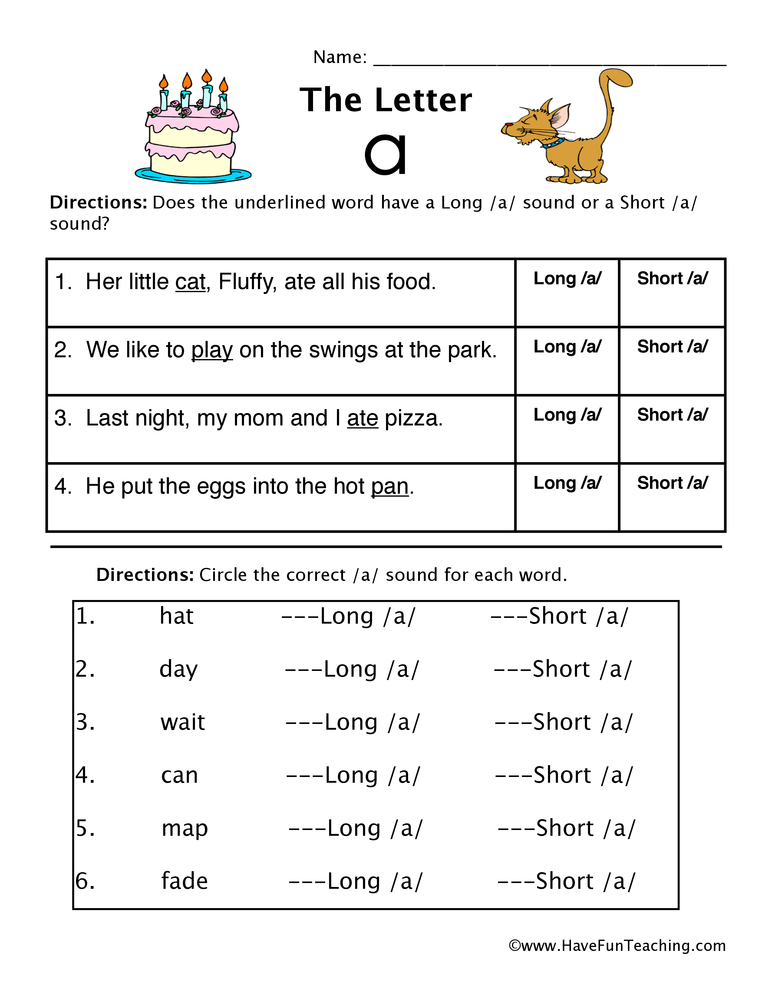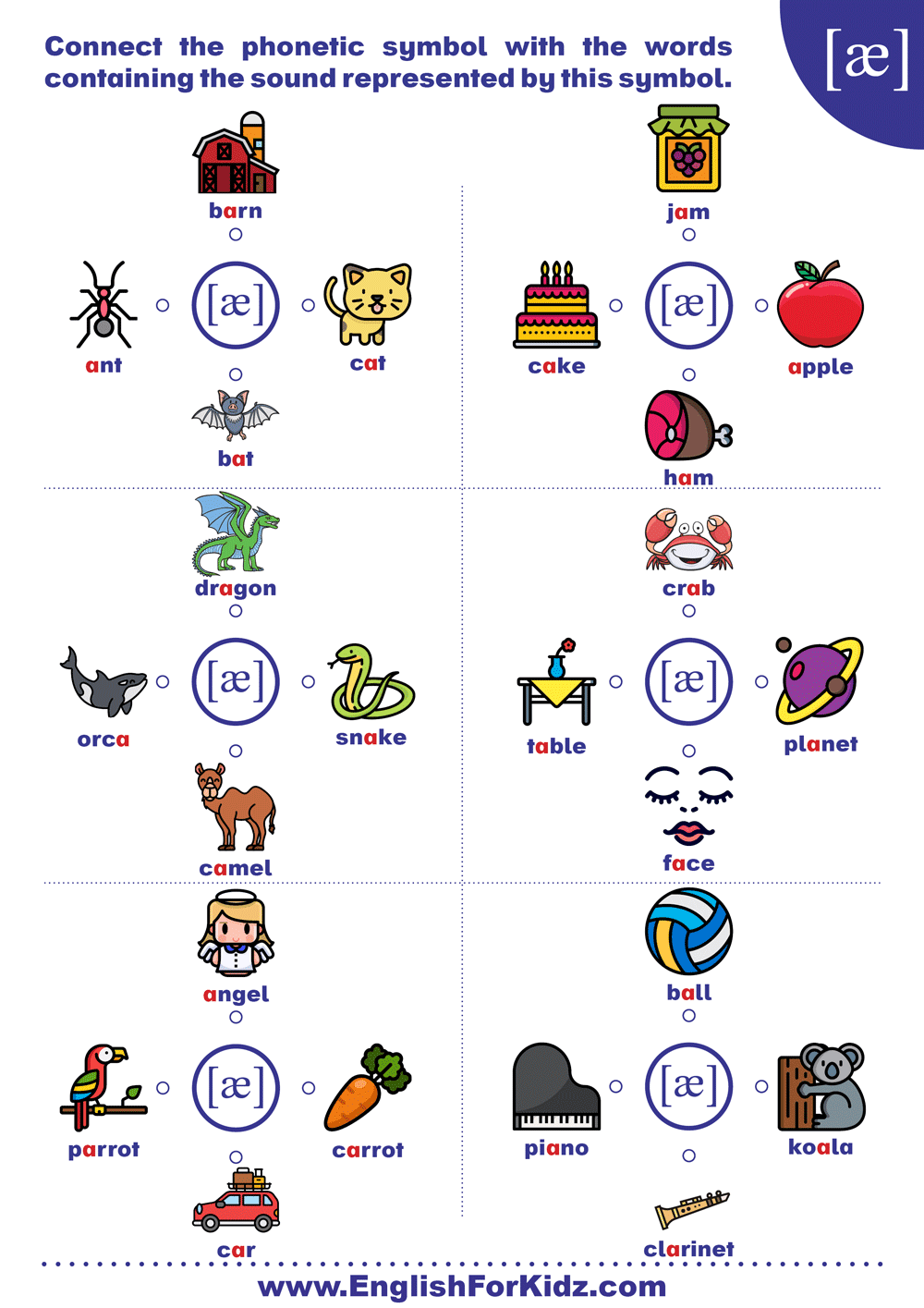

The inverse-square law shows how sound intensity becomes smaller, farther from the source. The intensity of a sound is higher closer to the sound source. Sound waves with higher amplitude (bigger vibration) have higher intensity. The intensity of a sound is how much sound energy goes through a square meter in one second. A note an octave higher than another note has twice the frequency of that note. It has a frequency of 4000 hertz (Hz), or 4 kilohertz (kHz). The highest key on a piano, for instance, vibrates 4,000 times per second. Frequency is determined by the number of vibrations per second. Pitch is how humans hear different frequencies. Pitch is the highness or lowness of sound.


Because the temperature and pressure change with altitude in the atmosphere, speed will vary as well. At room temperature and normal atmospheric pressure, sound travels at 344 m/s (1134 ft/s), 761 miles per hour). Sound can travel through water faster than through air and even faster in solids like stone, iron, and steel. This is why astronauts cannot talk to each other in space: they need a radio to hear each other. The thicker the medium, the faster it goes, but they cannot travel through a vacuum (a place with nothing in it). Sound waves can travel through solids, liquids, and gases. The word comes from the Latin adjective vacuus for "vacant" or "void". A vacuum is a place where there is no medium, for example in outer space. Since sound is a vibration of a medium, it cannot go through a vacuum. Sound waves are a sequence of compression and rarefaction. Rarefaction is the part of the waves where the molecules are far away from each other. Compression is the part of the sound waves where the molecules of air are pushed ( compressed) together. Sound waves are longitudinal waves with two parts: compression and rarefaction. These vibrations let you hear different things. Sound travels the fastest through solids because the particles in a solid are closer together than they are in gas and liquid. The bones of the ear vibrate in way the object that started the sound wave vibrated. When the vibrating air molecules reach our ears, the eardrum vibrates, too. Sound waves move away from where they came from. These vibrations make air molecules move. For example, when a person hits a drum or a cymbal the object vibrates. All sounds are made by vibrations of molecules.

It can be heard when goes through a medium to the ear. Sound can also mean a body of water, like a bay or channel. You can help Wikipedia by reading Wikipedia:How to write Simple English pages, then simplifying the article. The English used in this article or section may not be easy for everybody to understand.


 0 kommentar(er)
0 kommentar(er)
